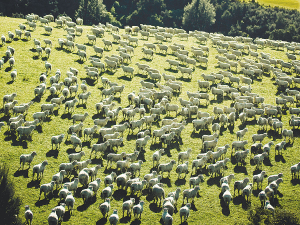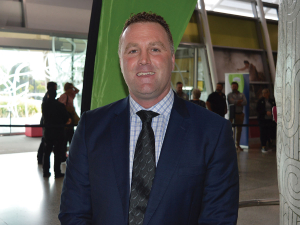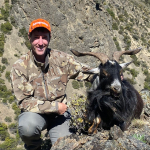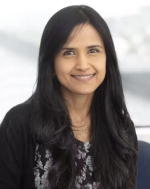Preliminary results on a ewe wastage study has found that, on average, 30 out of every 100 ewes left their flocks between mating and post-weaning.
Reasons for culling included failure to get pregnant, rear a lamb, age, teeth, udder defects and body condition. However, on average, six out of 100 ewes died or went missing between mating and weaning.
The study – carried out on 37 sheep farms across New Zealand last year – also found that on average 13 % of ewes presented to the ram failed to rear a lamb and when combined with scanning data. This means an estimated 24 potential lambs were lost per 100 ewes.
The report, written by Massey University associate professor Anne Ridler, states that this will be an underestimate of potential lambs lost, as it does not take into account lambs that died whose mother still reared a lamb.
The study, which is a collaboration between researchers at Massey University and Lincoln University and funded by the Massey – Lincoln and Agricultural Industry Trust.
It aims to describe ewe wastage on a sample of New Zealand sheep farms. These farms comprise a range of sizes, topography and climate types.
Nineteen of the study farms are in the North Island and 18 in the South Island. The average size of the flocks studied was 4,721 ewes (twotooths and mixed-age) but ranged from 920 to 17,461.
In autumn 2021, all participating farmers were interviewed about their ewe culling decisions and while all farmers culled dry ewes, there was a big variation in culling decisions around wet/dry two-tooth ewes, culling on type or looks or age.
Most farmers culled ewes with poor udders and some or all ewes with poor feet, but there was a range of methods used to access udders and feet.
The study calculated wastage as a percentage of the ewes that were put to the ram in 2021 compared to the number of ewes that failed to rear a lamb to tailing (docking). It takes into account dry ewes, wet-dry ewes, ewes that were culled for other reasons and ewes that died or went missing.
However, the research also looks at reasons for culling at weaning or post-weaning and this was when farmers culled on age, teeth, body condition and udder defects.
The attrition rate of 30 per 100 ewes, which requires a replacement rate of around 30% to keep flock numbers stable, aligns with replacement rates on most of the farms in the study.
These ranged from 19.3% to 44.9% with an average of just under 30%. Further analysis of the results is being done and work into ewe wastage is ongoing.
Beef + Lamb New Zealand’s general manager farming excellence, Dan Brier says the sheep and beef levy organisation supports the study because it is such important work.
“Ewe flocks are such an important driver of profitability on sheep and beef farms.”
He says the study highlights the huge variation in how farmers make decisions about which sheep to cull.
“B+LNZ has a number of tools to help farmers with their culling decisions,” Brier adds. “I’d encourage them to look at the video and resources that Dr Ridler has produced for us on udder health in sheep.”



















